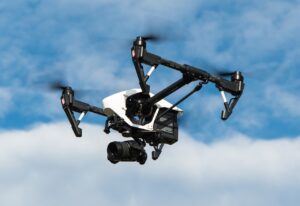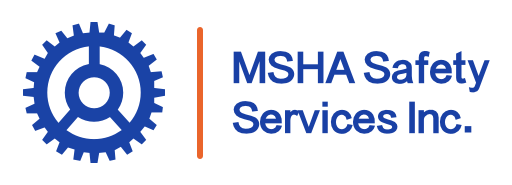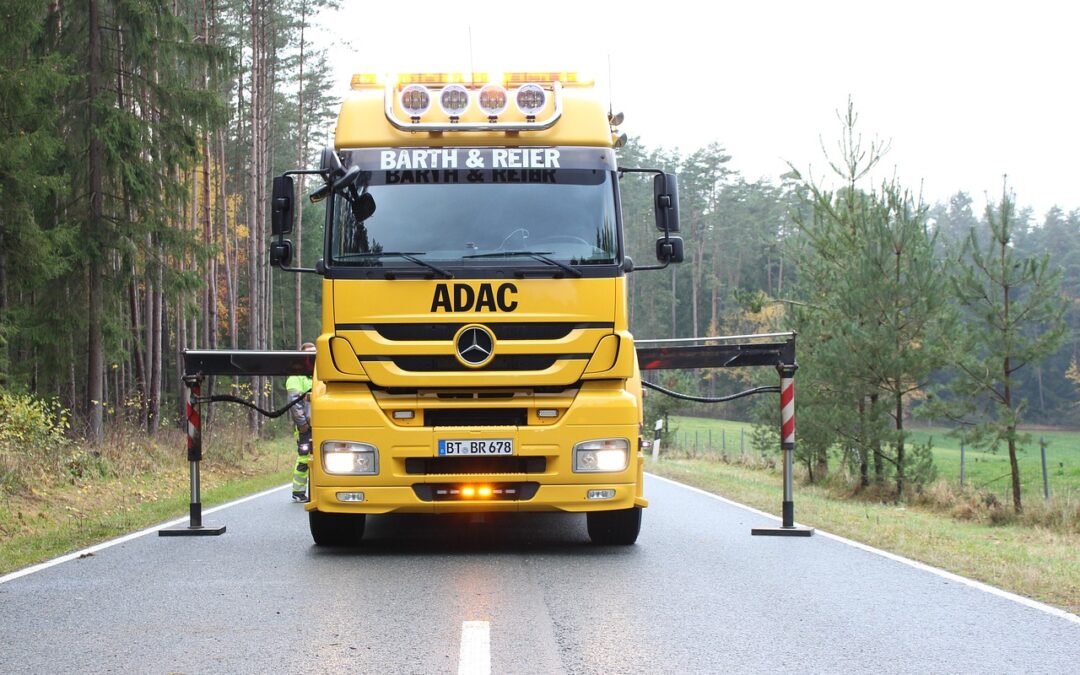Mining machinery is powerful, complex, and indispensable to operations—but when it’s not used or maintained properly, it can become a major hazard. Equipment like haul trucks, crushers, conveyors, and drills each carry unique risks. That’s why understanding the safety requirements for mining machinery and equipment is essential—not just for compliance, but for the protection of workers and the overall integrity of the operation. From pre-operational inspections and guarding to operator training and maintenance standards, every aspect of equipment use should align with MSHA regulations to ensure safety and reduce the risk of costly incidents.
What are the Guidelines for Equipment Safety?
Heavy machinery in mining is a double-edged sword—it boosts productivity, but mishandling or poor upkeep can turn it into a deadly liability. Safety guidelines are designed to prevent injuries and fatalities in fast-paced, high-risk environments. They address everything from visibility and emergency shut-offs to control security and restricted access zones. Whether it’s a drill or a haul truck, each machine must meet rigorous safety standards across operational, maintenance, and emergency scenarios.
Ignoring these protocols can result in serious consequences. Unclear instructions, faulty brakes, or missing guards have led to tragedies that could have been avoided. That’s why safety needs to be a built-in part of every task, not a checklist item at the end.
Overview of MSHA Regulations for Mining Machinery
The Mine Safety and Health Administration (MSHA) enforces regulations under Title 30 of the Code of Federal Regulations (CFR), which govern the design, use, and upkeep of mining machinery across both surface and underground sites. According to MSHA:
- Equipment must always be in a safe and functional condition.
- Moving machine parts must be properly guarded.
- Operators need clear visibility, with cameras or alarms to mitigate blind spots.
- Pre-operational inspections are mandatory before machinery is used.
Following these rules is not only a way to avoid citations—it’s a core part of safeguarding your workforce and operation.
Key Safety Standards for Surface Mining Equipment
Surface mining sites often feature large machinery operating in dynamic and challenging environments. Bulldozers, loaders, and haul trucks must meet strict standards for stability and visibility. Essential safety measures include the use of backup alarms, proximity detection systems, regular brake testing, and safe fuel handling protocols. Emergency stop switches must be easy to access, and equipment is typically marked with high-visibility paint, reflective tape, and clear signage. Environmental factors like dust, weather, and noise are also safety considerations in these settings.
Safety Requirements for Underground Mining Machinery
Underground mining presents a unique set of safety challenges due to confined spaces and reduced visibility. Machinery often needs to be compact or remotely operated to function in tunnels and tight areas. Safety measures here are even more stringent, including explosion-proof electrical systems, fire suppression equipment, and gas detection systems near operational zones. Machines must also comply with noise and ventilation standards to protect miners’ long-term health and well-being.
Importance of Proper Guarding on Mining Equipment
Proper guarding is a fundamental element of mining safety. According to MSHA and ANSI, any moving parts, belts, chains, fans, or pinch points must be shielded with guards. These components should be securely fastened, removable only with tools, and designed not to introduce additional hazards.
Improper or missing guards are among the most frequently cited issues during inspections. Ensuring that guards are correctly installed helps prevent serious injuries like cuts, crushed fingers, or limb entrapment—accidents that are entirely preventable with the right protections in place.
Safety Standards for Mining Equipment Maintenance and Repairs
Maintenance is important to equipment safety—but it comes with its own risks. Repairs must never begin until lockout/tagout (LOTO) procedures are in place to eliminate the chance of accidental start-ups. Safety standards require that only trained personnel perform maintenance, using manufacturer-approved parts and working from documented maintenance schedules.
Neglecting these procedures puts not just the mechanic at risk, but everyone on site who depends on that equipment functioning properly.
The Importance of Pre-Operational Inspections for Mining Equipment
A thorough pre-operational inspection is one of the simplest but most effective ways to ensure machinery safety. Before each shift, operators should check for issues such as fluid leaks, brake problems, tire pressure irregularities, lighting failures, and faulty alarms or controls.
These inspections are crucial for catching minor problems before they escalate into major safety hazards. Identifying and removing malfunctioning equipment from service early can prevent dangerous failures in the field.
Training and Certification Requirements for Equipment Operators
No one should be operating heavy machinery without proper training. MSHA mandates certifications for specific types of equipment and requires ongoing refresher training to keep skills sharp. Effective training includes operation techniques, emergency stop procedures, hazard identification, and pre-use inspections.
Operator certification is not just a formality—it ensures that team members understand the risks involved and know how to manage them appropriately.
Emergency Procedures and Safety Protocols for Equipment Failures
When equipment fails, a swift, coordinated response is essential. Emergency procedures must be clearly defined, regularly practiced, and prominently displayed throughout the worksite. Key steps include immediately shutting down the equipment, notifying supervisors, isolating the affected area, and following site-specific evacuation or repair protocols.
Training employees to respond effectively under pressure helps reduce confusion and enhances safety when real emergencies occur.
Common Violations and How to Avoid MSHA Citations
MSHA citations often result from predictable, preventable issues—missing guards, poor documentation, untrained operators, and skipped inspections. Staying in compliance means keeping training programs up to date, maintaining thorough records, and cultivating a proactive safety culture. Regular internal audits and unannounced inspections can be valuable tools for identifying and correcting issues before MSHA does.

Technological Innovations Enhancing Mining Equipment Safety
Modern technology is helping to revolutionize mining safety. GPS tracking, real-time telemetry, and AI-based maintenance alerts allow for better decision-making and early problem detection. Collision avoidance systems, remote-controlled equipment, and predictive maintenance tools are just a few innovations making equipment operation safer and more efficient.
These advancements are improving visibility, enhancing situational awareness, and enabling teams to respond to hazards before they result in harm.
Prioritizing Safety in Mining Machinery Operations
Meeting safety requirements for mining machinery and equipment is about more than regulatory compliance—it’s about protecting lives. By investing in proper guarding, enforcing inspection routines, training operators thoroughly, and adopting modern safety technologies, mining operations can significantly reduce risks.
Mining will always involve tough conditions—but with the right systems and a culture that prioritizes safety, it doesn’t have to be dangerous.

